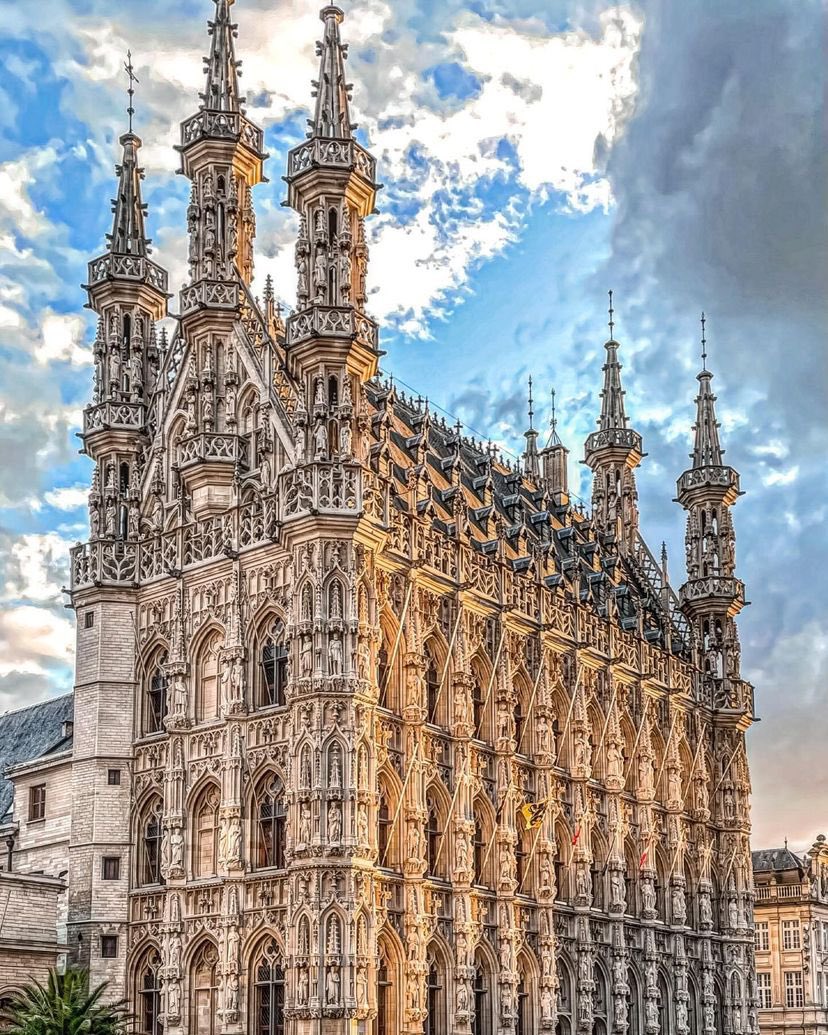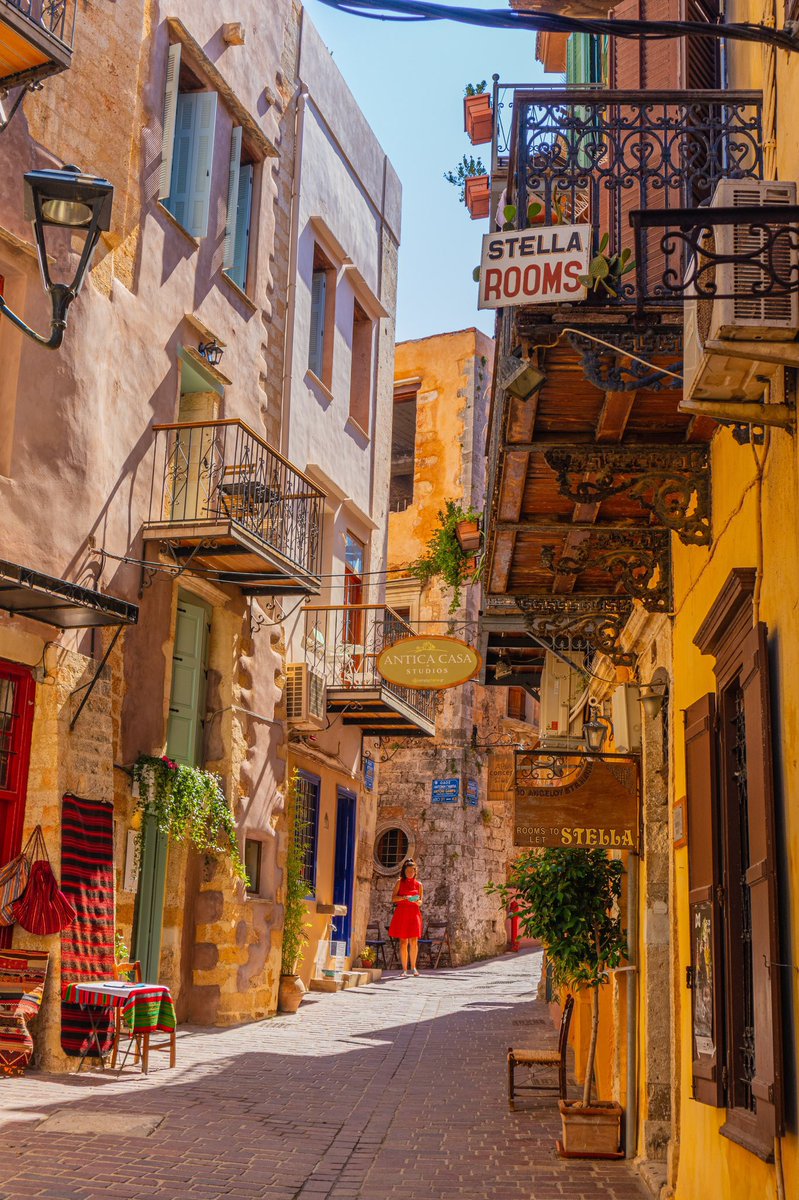1. Las Lajas Cathedral, Colombia
This magnificent cathedral was built in the canyon of the Guaitara river, where according to local legend, the Virgin Mary appeared.
📸:@world_walkerz
This magnificent cathedral was built in the canyon of the Guaitara river, where according to local legend, the Virgin Mary appeared.
📸:@world_walkerz
2. Borgund Stave Church, Norway
Borgund, built entirely out of wood, is the best-preserved stave church in the world, remaining unchanged in structure since it was built in the 12th century.
📸:@_themodernleper
Borgund, built entirely out of wood, is the best-preserved stave church in the world, remaining unchanged in structure since it was built in the 12th century.
📸:@_themodernleper

3. Saint-Michel d’Aiguilhe Chapel, France
This Roman church sits atop an 85-meter-high volcanic plug and is reached by climbing 268 stone steps.
📸: Raphael Odin
This Roman church sits atop an 85-meter-high volcanic plug and is reached by climbing 268 stone steps.
📸: Raphael Odin

4. Pokrovskaya Church, Russia
The Wooden Church of Intercession features 25 domes and was constructed entirely from wood using 18th-century techniques, without any nails.
📸: Kirill Bryzgalov
The Wooden Church of Intercession features 25 domes and was constructed entirely from wood using 18th-century techniques, without any nails.
📸: Kirill Bryzgalov

5. Hallgrímskirkja, Iceland
Hallgrímskirkja's design is inspired by Iceland's natural basalt lava columns, a distinctive feature reflecting the country's volcanic landscape.
📸: Gunnar Gunnarsson
Hallgrímskirkja's design is inspired by Iceland's natural basalt lava columns, a distinctive feature reflecting the country's volcanic landscape.
📸: Gunnar Gunnarsson

6. The Rock Church, Namibia
Built on a natural granite outcrop overlooking the Atlantic Ocean, the Rock Church sits in perfect harmony with its surroundings. Constructed as a spiritual refuge for the German colonial community, the church contains both neo-Gothic and Victorian elements.
📸: Jan Keller
Built on a natural granite outcrop overlooking the Atlantic Ocean, the Rock Church sits in perfect harmony with its surroundings. Constructed as a spiritual refuge for the German colonial community, the church contains both neo-Gothic and Victorian elements.
📸: Jan Keller

7. Grafarkirkj, Iceland
Grafarkirkj is Iceland’s oldest turf church. The church dates back to the late 17th century, with historical mentions from around 1240 in the Sturlunga Saga. It also features a circular turf wall surrounding both the graveyard and the church itself.
📸: Martin Nguyen
Grafarkirkj is Iceland’s oldest turf church. The church dates back to the late 17th century, with historical mentions from around 1240 in the Sturlunga Saga. It also features a circular turf wall surrounding both the graveyard and the church itself.
📸: Martin Nguyen

8. Tan Dinh Church, Vietnam
The most distinguishing feature of Tan Dinh Church is obviously its vibrant pink exterior. Built in 1876 during the French colonial era, the “Pink Church” blends various architectural styles, including Romanesque, Gothic, and Renaissance elements.
📸: Adam Ainsworth
The most distinguishing feature of Tan Dinh Church is obviously its vibrant pink exterior. Built in 1876 during the French colonial era, the “Pink Church” blends various architectural styles, including Romanesque, Gothic, and Renaissance elements.
📸: Adam Ainsworth

9. Pilgrimage Church of Saint John of Nepomuk, Czech Republic
The church is designed in the shape of a five-pointed star, symbolizing the five stars that, according to legend, appeared above the body of Saint John of Nepomuk when he drowned in the Vltava River. This church is a beautiful example of Baroque Gothic architecture.
📸:@bokehm0n
The church is designed in the shape of a five-pointed star, symbolizing the five stars that, according to legend, appeared above the body of Saint John of Nepomuk when he drowned in the Vltava River. This church is a beautiful example of Baroque Gothic architecture.
📸:@bokehm0n

10. Our Lady of the Rocks, Montenegro
Lying on a small islet in the Bay of Kotor, the artificial island is said to have been slowly formed over the centuries by seamen throwing rocks into the bay in thanks to the Madonna for their safe return. The church was constructed on the islet to honor the Virgin Mary after an icon of the Madonna and Child was found by local fishermen on a rock in the bay.
📸: memoriesofwar (IG)
Lying on a small islet in the Bay of Kotor, the artificial island is said to have been slowly formed over the centuries by seamen throwing rocks into the bay in thanks to the Madonna for their safe return. The church was constructed on the islet to honor the Virgin Mary after an icon of the Madonna and Child was found by local fishermen on a rock in the bay.
📸: memoriesofwar (IG)

11. Mont Saint-Michel Abbey, France
Situated in one of the most spectacular settings imaginable, Mont Saint-Michel has been a place of pilgrimage since the 8th century. The abbey sits perched atop a tidal island, with an entire town surrounded by medieval walls below.
📸: Marcel Siebert
Situated in one of the most spectacular settings imaginable, Mont Saint-Michel has been a place of pilgrimage since the 8th century. The abbey sits perched atop a tidal island, with an entire town surrounded by medieval walls below.
📸: Marcel Siebert

12. Mosque-Cathedral of Córdoba, Spain
Originally built as a mosque in 784 AD, it was converted into a Catholic church following the Reconquista. A sanctuary for both faiths over the centuries, it is widely regarded as one of the most stunning examples of Moorish architecture.
📸: Juan Sánchez
Originally built as a mosque in 784 AD, it was converted into a Catholic church following the Reconquista. A sanctuary for both faiths over the centuries, it is widely regarded as one of the most stunning examples of Moorish architecture.
📸: Juan Sánchez

13. Bakhchysarai Cave Monastery, Crimea
This medieval Orthodox Christian monastery, carved into the cliffs of the Crimean Mountains, dates back to the 8th century. Renowned for its unique architecture and spiritual significance, it has remained an active parish church since 1781.
📸: makc_177 (IG)

This medieval Orthodox Christian monastery, carved into the cliffs of the Crimean Mountains, dates back to the 8th century. Renowned for its unique architecture and spiritual significance, it has remained an active parish church since 1781.
📸: makc_177 (IG)


14. Church of the Assumption, Lake Bled
Set in the center of Lake Bled and surrounded by the Julian Alps, the Church of the Assumption is located in one of the most beautiful landscapes imaginable.
📸: Tovissi Bence
Set in the center of Lake Bled and surrounded by the Julian Alps, the Church of the Assumption is located in one of the most beautiful landscapes imaginable.
📸: Tovissi Bence

15. The Fortified Church of Biertan, Romania
Built in the 15th century during a time when the region faced frequent Ottoman invasions and attacks, the Transylvanian Saxons decided to build a fortified church instead of a fortress around the town. The fortifications include three layers of defensive walls, multiple towers, and fortified gates surrounding the Gothic Church.
📸:@bokehm0n
Built in the 15th century during a time when the region faced frequent Ottoman invasions and attacks, the Transylvanian Saxons decided to build a fortified church instead of a fortress around the town. The fortifications include three layers of defensive walls, multiple towers, and fortified gates surrounding the Gothic Church.
📸:@bokehm0n

• • •
Missing some Tweet in this thread? You can try to
force a refresh























